Congratulations to Black Gate on 3,000 Blog Posts!
 I feel like one of the service staff at a restaurant, waiting excitedly at the entrance for their 10,000th customer. Minus the cool food service uniform.
I feel like one of the service staff at a restaurant, waiting excitedly at the entrance for their 10,000th customer. Minus the cool food service uniform.
Ryan Harvey’s article on Edgar Rice Burroughs’ The Oakdale Affair, which went live less than an hour ago, was our 3,000th post. Congratulations to Ryan — and indeed, to the entire Black Gate staff.
The Black Gate blog was the brainchild of Howard Andrew Jones, who suggested I replace the outdated site he and I updated haphazardly with a modern WordPress web publication. I originally said no — and in fact said ‘No” the next half dozen times Howard brought it up. But he eventually talked me into it. Our new look was designed by Leo Grin and our first two posts, in November 2008, were both written by our site engineer David Munger. Our first regular bloggers were David Soyka, Judith Berman, E.E. Knight, Ryan Harvey, James Enge, Scott Oden, and Bill Ward.
Note that I was not a regular blogger. I was not a blogger at all. It took me six months just to figure out how to log in and puzzle out WordPress — and much longer before I dared make my first, timid post. I wrote over 750 in the next four years, and gradually got the hang of it.
We are very proud to be able to bring you, our readers, the best in new and overlooked fantasy every week. The site has grown by leaps and bounds in the last four and a half years, and today a team of nearly 30 bloggers contributes over 20 articles per week. In November 2008 our readership was in the hundreds; this month we are perilously close to breaking 100,000 visits. It’s been an honor and a privilege, and we’re pleased to have you here to celebrate with us.
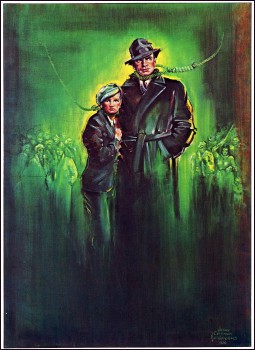


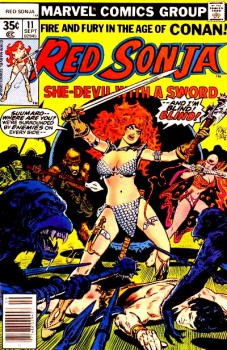
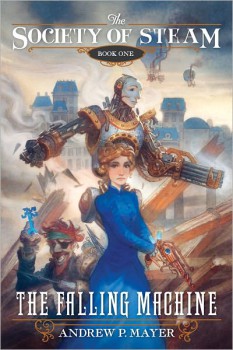

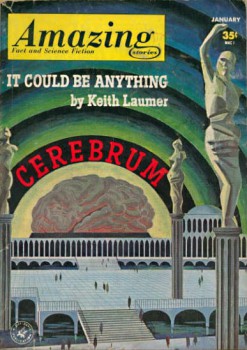
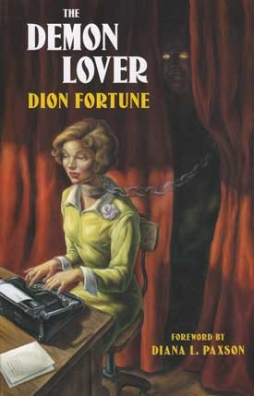 When I
When I 